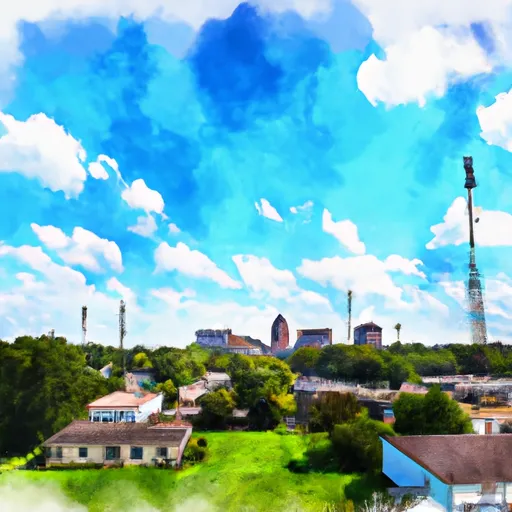°F
°F
mph
Windspeed
%
Humidity











Independence, Louisiana is a charming town located in Tangipahoa Parish. It enjoys a humid subtropical climate, characterized by hot and humid summers and mild winters. The average high temperature in summer is around 92°F (33°C), while winter temperatures hover around 63°F (17°C). The area receives ample rainfall, with an average of 62 inches per year, ensuring lush vegetation and a vibrant ecosystem.
The hydrology of Independence is mainly influenced by the Tangipahoa River, which flows nearby. This river, along with numerous creeks and bayous, forms an integral part of the town's landscape. The waterways offer opportunities for fishing, boating, and wildlife observation.
Outdoor recreation is abundant in Independence. Tickfaw State Park, located just a short drive away, provides a picturesque setting for hiking, camping, and picnicking. The park is home to diverse flora and fauna, including several endangered species. For those seeking water-based activities, the nearby Tickfaw River offers opportunities for kayaking and canoeing, allowing visitors to appreciate the stunning natural beauty of the area.
In conclusion, Independence, Louisiana offers a pleasant climate, abundant water resources, and various outdoor recreation opportunities, making it an ideal destination for nature enthusiasts and outdoor lovers.
Weather Forecast
Independence receives approximately 1643mm of rain per year, with humidity levels near 89% and air temperatures averaging around 20°C. Independence has a plant hardyness factor of 8, meaning plants and agriculture in this region tend to thrive here all year round.
Regional Streamflow Levels
146
Cubic Feet Per Second
459
Cubic Feet Per Second
26
Cubic Feet Per Second
2,680
Cubic Feet Per Second
Nearby Camping
| Camping Area | Reservations | Toilets | Showers |
|---|---|---|---|
| Pere Marquette State Park | |||
| Mississippi Petrified Forest | |||
| St. Francois State Park | |||
| Greenville - Lake Wappapello | |||
| Babler Memorial State Park | |||
| Percy Quin State Park |



